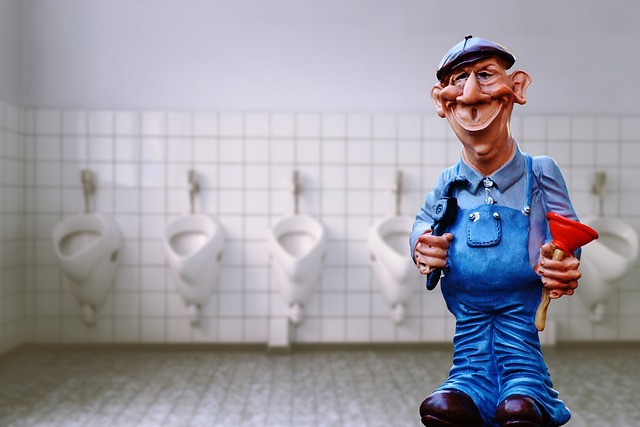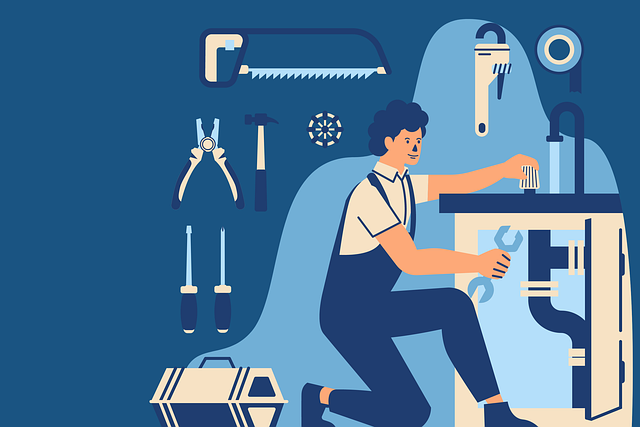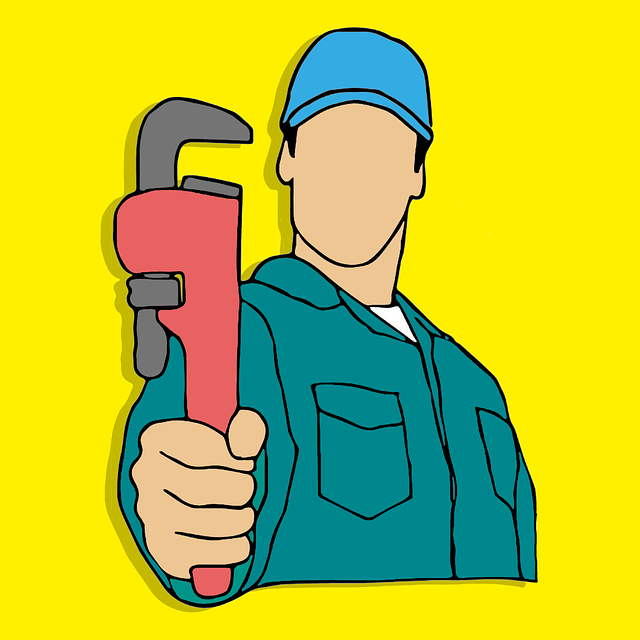Identifying and addressing common plumbing issues like clogged drains, leaky faucets, low water pressure, and frozen pipes is crucial for maintaining a home's efficient and reliable plumbing system. Regular maintenance, including visual inspections, checking for corrosion, replacing worn parts, monitoring water usage, insulating pipes, and preventing non-biodegradable flushes, can prevent minor issues from escalating into costly repairs. Swift action and preventive measures save time, money, and reduce future troubleshooting.
In every home, plumbing problems are an inevitable part of life. From clogs and leaks to low water pressure and faulty fixtures, common plumbing issues can range from annoying to costly. Understanding these problems and learning basic troubleshooting techniques can save you time, money, and potential damage. This article explores the 10 most common plumbing issues, provides step-by-step guidance on diagnosis and repair, and offers preventative measures to keep your plumbing running smoothly in the future.
Understanding Common Plumbing Issues

Plumbing issues are a common household problem, often arising from various factors such as aging pipes, hard water, and improper installation. Understanding these common plumbing problems is the first step in fixing them effectively. Some of the most frequent issues include clogged drains, leaky faucets, low water pressure, and frozen pipes.
By identifying the root cause, homeowners can choose the right solution, whether it’s using a drain snake for clogs, replacing worn-out faucet washers for leaks, installing water softeners to address hard water problems, or insulating pipes to prevent freezing. Regular maintenance and prompt action when issues arise can help avoid costly repairs and ensure a home’s plumbing system remains efficient and reliable.
Diagnosing and Fixing the Problems

Diagnosing common plumbing issues is often the first step in fixing them. Start by identifying the specific problem—is it a leaky faucet, a clogged drain, or low water pressure? Look for obvious signs like drips, unusual noises, or slow drainage. Check valves and pipes for corrosion or damage, as these are frequent culprits. Once you’ve pinpointed the issue, simple fixes may include replacing worn-out parts, clearing obstructions from drains, or adjusting pressure settings. For more complex problems, such as pipe leaks or major clogs, professional assessment is recommended. Plumbers use advanced tools and techniques to detect and rectify these issues effectively.
When addressing common plumbing problems, consider the following tips: keep an eye on water usage and pressure, regularly inspect pipes for damage, and maintain drains by using drain covers and avoiding flushing non-biodegradable items. Preventive measures can save you time and money in the long run. Remember, quick action on minor issues prevents them from escalating into major, costly repairs.
Preventative Measures for Future Troubleshooting

Regular maintenance and a few simple preventative measures can go a long way in avoiding common plumbing issues. Start by checking for leaks around fixtures and pipes; even small drips can lead to significant water waste and damage over time. Keep an eye on your water pressure, as a sudden drop could indicate a clogged pipe or leak. Regularly flush your water heater to prevent sediment build-up, which can reduce its efficiency and lifespan. Additionally, insulate exposed pipes during cold weather to prevent freezing and subsequent burst pipes.
To further protect against common plumbing problems, keep a watchful eye on what goes down your drains and toilets. Avoid flushing non-biodegradable items like wipes, sanitary products, or cooking oil, as these can clog pipes. Consider using drain covers and regular cleaning solutions to maintain clear drains. By taking these preventative steps, you’ll not only save money on potential repairs but also reduce the frequency of future troubleshooting.
In addressing common plumbing issues, understanding the problems and their root causes is half the battle won. This article has provided a comprehensive guide on diagnosing and fixing ten frequent plumbing headaches, empowering homeowners with essential DIY skills. By taking preventive measures and staying proactive, you can significantly reduce future occurrences of these common plumbing issues, ensuring a smoother, less stressful experience for your home’s water systems.
